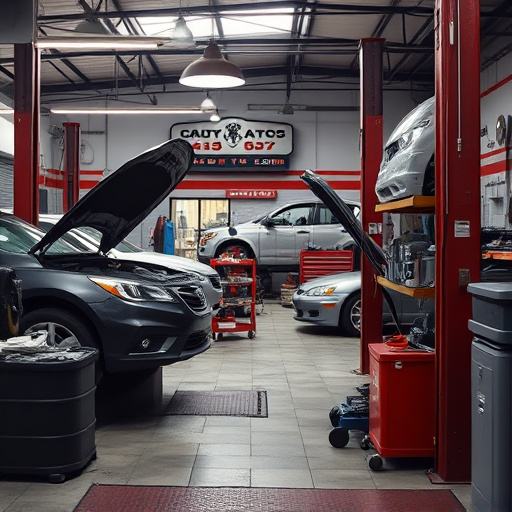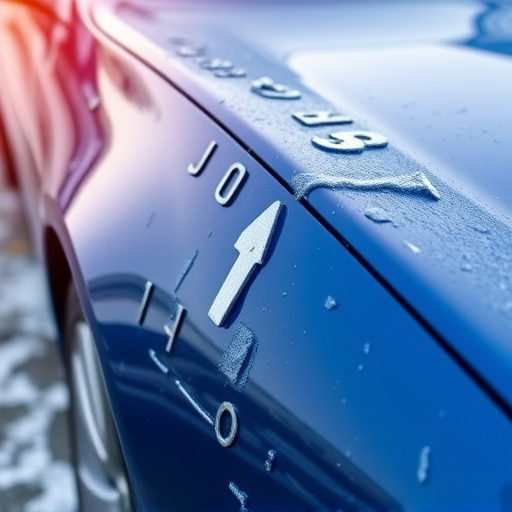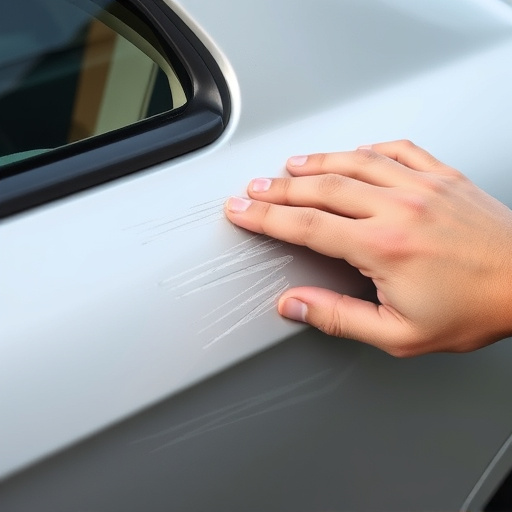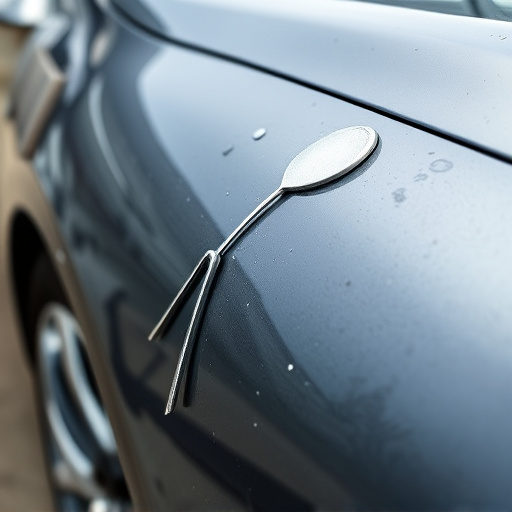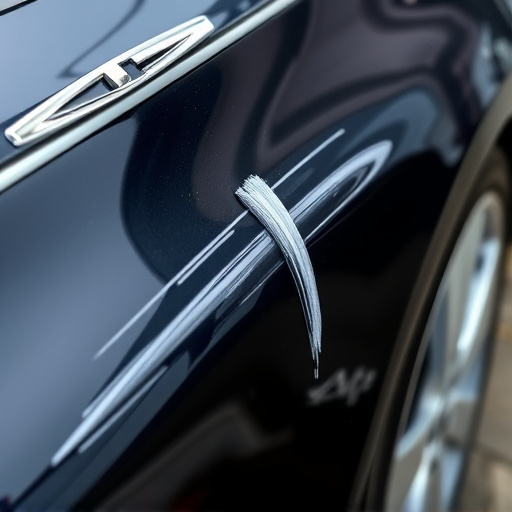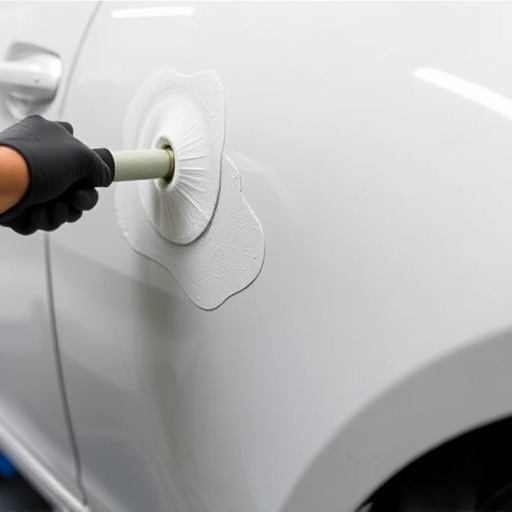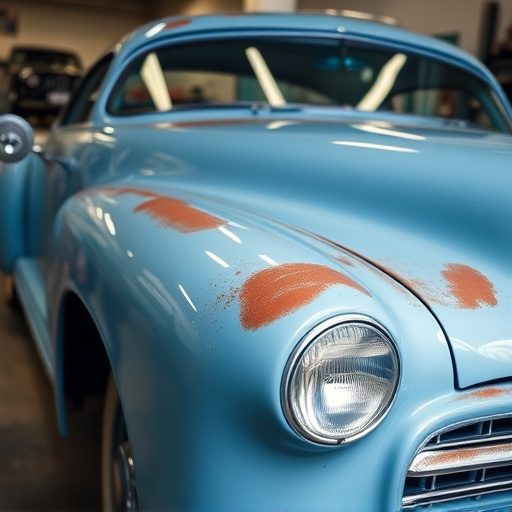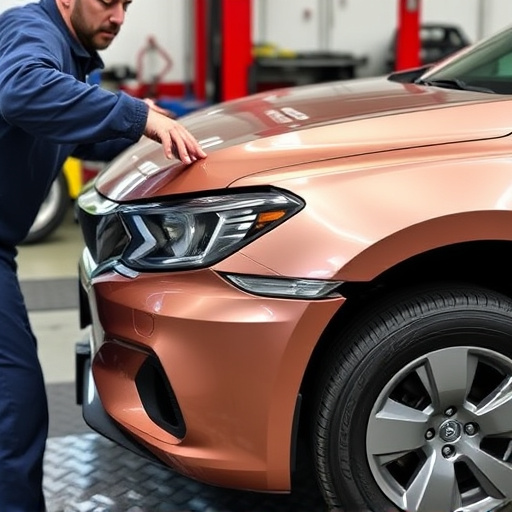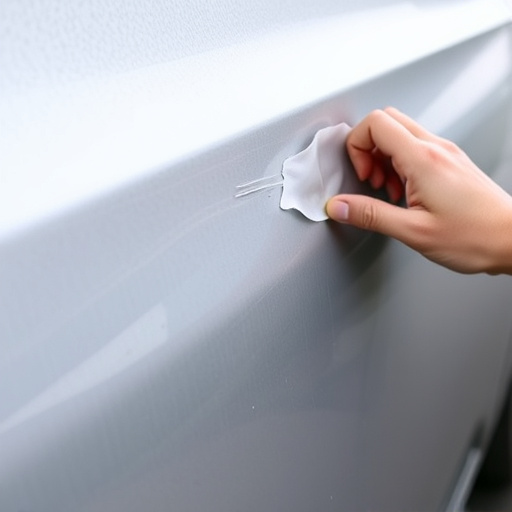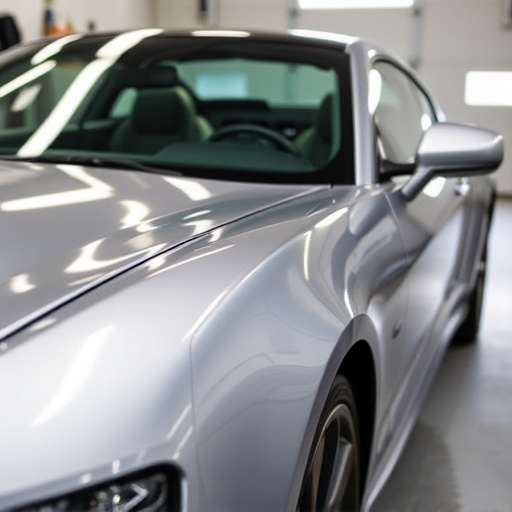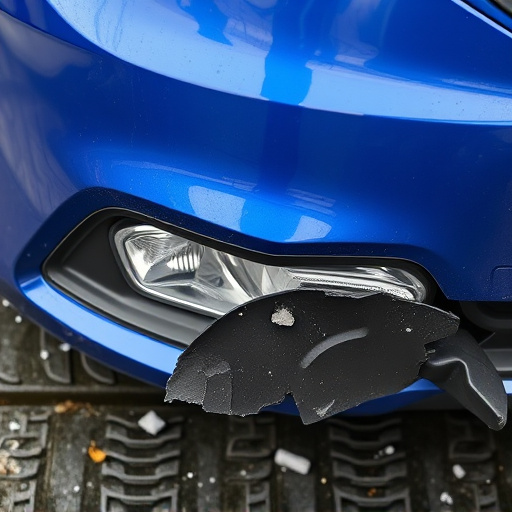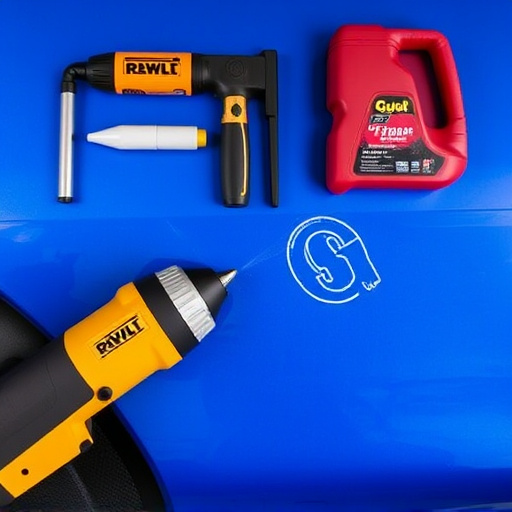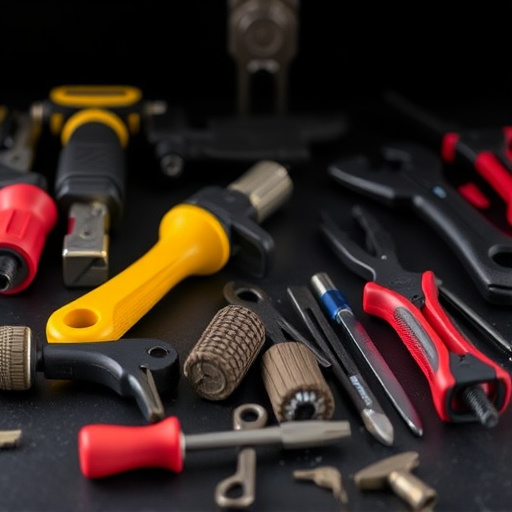After welding, automotive repairs require effective corrosion protection procedures. This involves surface preparation, priming with corrosion-inhibiting primer, and applying coatings or paint. Meticulous cleaning and regular inspections in collision centers or Mercedes Benz repair shops ensure superior corrosion protection, extending weld lifespans and preserving vehicle quality.
After welding, metal surfaces are vulnerable to corrosion, posing significant quality and safety risks, especially in original equipment manufacturer (OEM) settings. Understanding the mechanisms behind post-weld corrosion is crucial for implementing effective protection measures. This article explores OEM-approved corrosion protection procedures, focusing on essential steps like surface preparation, coating selection, and post-welding maintenance practices to ensure long-lasting, corrosion-resistant welds.
- Understanding Corrosion After Welding
- Essential Steps for OEM-Approved Protection
- Effective Post-Welding Maintenance Practices
Understanding Corrosion After Welding
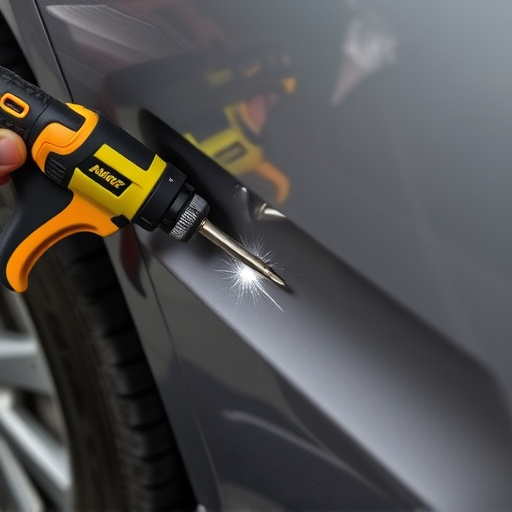
After welding, metal surfaces are often left vulnerable to corrosion, a process that can weaken and degrade the integrity of the welds over time. Understanding this phenomenon is crucial for implementing effective corrosion protection procedures. Corrosion occurs when metal reacts with substances in its environment, such as moisture or chemicals, leading to the breakdown of its outer layer and the eventual formation of rust. In the context of automotive repairs, including tasks like car dent removal or fleet repair services, welds require special attention as they are often exposed to varying weather conditions and road environments.
The impact of corrosion after welding can be particularly pronounced in collision repair shops where vehicles with damaged panels are restored. To mitigate these effects, corrosion protection procedures should include pre-welding surface preparation, post-welding treatments like coating or painting, and regular maintenance to ensure the longevity of the welds and the overall quality of the repairs, whether for a simple car dent removal or more complex fleet service needs.
Essential Steps for OEM-Approved Protection
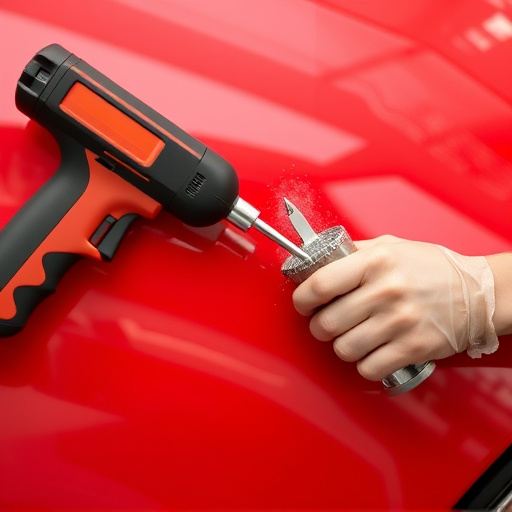
After welding, ensuring corrosion protection is paramount for maintaining the integrity and longevity of any automotive component. For Original Equipment Manufacturer (OEM)-approved procedures, several essential steps must be followed to safeguard against environmental damage.
Firstly, surface preparation is key. This involves thoroughly cleaning the welded area to remove any debris, grease, or oil residues that could impede protection. Next, priming the metal with a suitable corrosion-inhibiting primer is vital. Primers create a barrier between the metal and potential corrosive elements, offering enhanced protection. Depending on the specific requirements of the component, additional coatings, such as underbody coatings or specialized car paint services, may be applied to provide extra layers of defense against rust and corrosion. These steps, when executed correctly, ensure that auto glass replacement or other repair processes are protected, preserving the overall quality and performance of the vehicle.
Effective Post-Welding Maintenance Practices
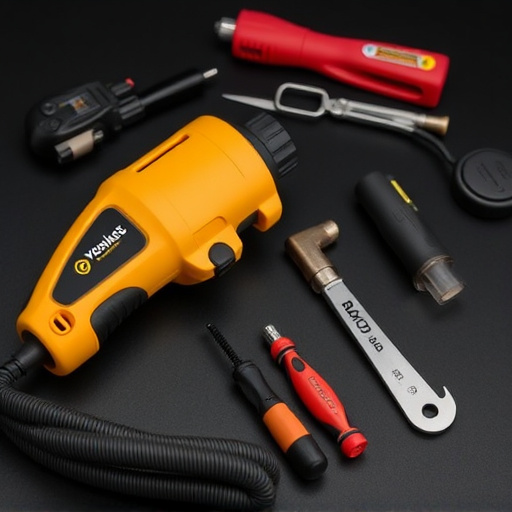
After welding, implementing effective post-welding maintenance practices is paramount to ensure superior corrosion protection procedures. This includes thorough cleaning to remove any debris or contaminants that might interfere with the integrity of protective coatings. At a collision center or mercedes benz repair shop, professionals understand the importance of using specialized cleaning agents designed to prepare the welded surface for optimal coating adhesion.
Regular inspections and immediate addressing of any signs of corrosion are essential components of these practices. A well-maintained weld should be free from rust spots, ensuring the structural integrity and aesthetic appeal of the final product, whether it’s a mercedes benz collision repair or any other vehicle. Consistent monitoring and prompt intervention can significantly extend the lifespan of the welded components.
Implementing robust corrosion protection procedures after welding is paramount for maintaining the integrity and longevity of manufactured components. By adhering to OEM-approved practices, including proper cleaning, coating, and inspection, manufacturers can ensure superior performance and minimize maintenance costs. Incorporating effective post-welding maintenance into your workflow enhances overall product quality and reliability in diverse industrial applications.
